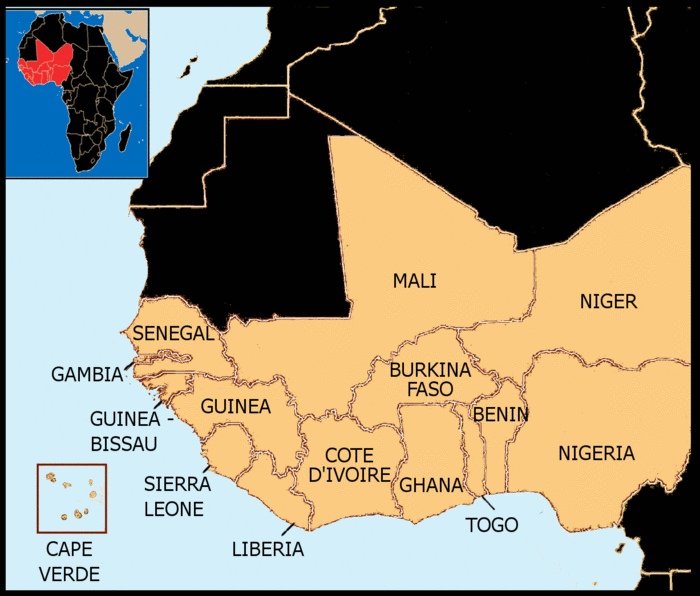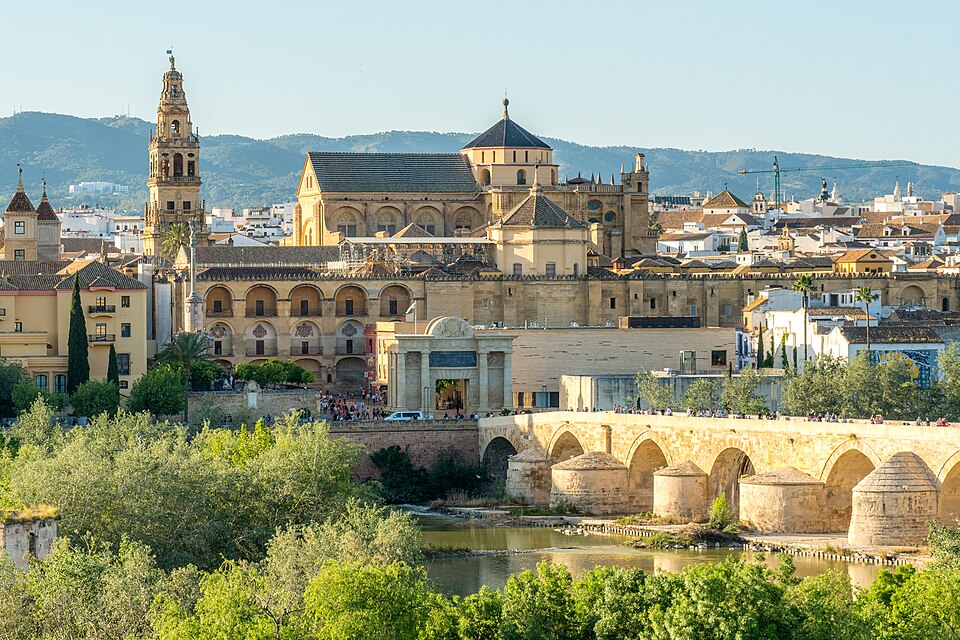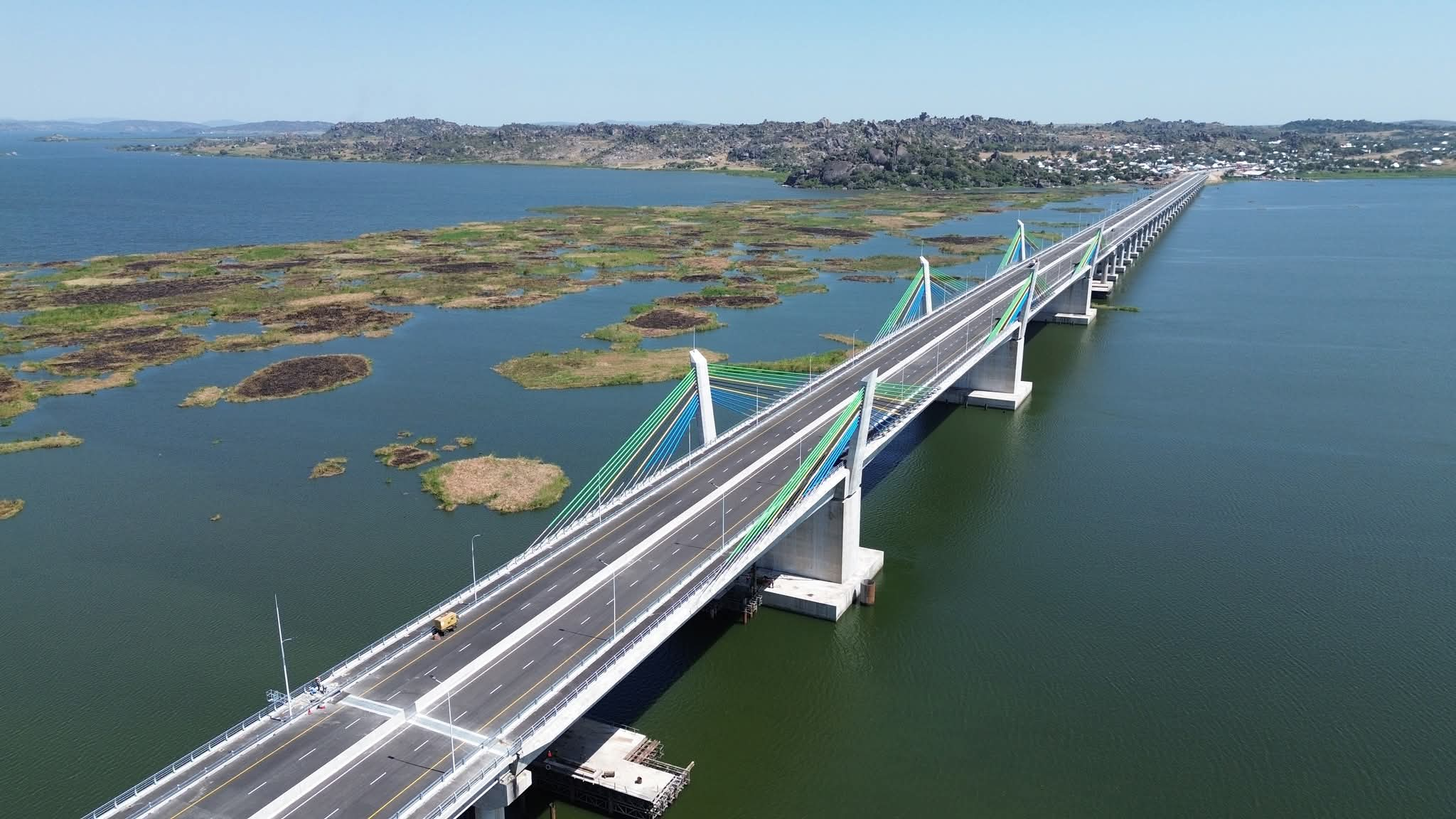WEST AFRICA: 10 Facts to Know About the Western Region

Did you know that the region known as West Africa is one of the fastest growing on the African continent, and that the history of Western Africa can be divided into five major periods?
Africa is the world's second-largest and second-most populous continent after Asia. The continent of Africa is commonly divided into five United Nations (UN) subregions, four of which are in sub-Saharan Africa. The regions are Northern Africa and Sub-Saharan Africa that comprises of Eastern Africa, Middle Africa, Southern Africa, and Western Africa. Here are 10 facts you should know about the western region.
FACT 1️⃣: As defined by the United Nations, the region that is known as Western Africa is made up of the 16 countries of Benin, Burkina Faso, Cape Verde, The Gambia, Ghana, Guinea, Guinea-Bissau, Ivory Coast, Liberia, Mali, Mauritania, Niger, Nigeria, Senegal, Sierra Leone, and Togo, as well as Saint Helena, Ascension and Tristan da Cunha (a United Kingdom Overseas Territory).
FACT 2️⃣: The West African region, which is demographically and economically one of the fastest growing on the African continent, has a population that is estimated at 419 million people as of 2021, and at 381,981,000 as of 2017, of which 189,672,000 were female and 192,309,000 male.
FACT 3️⃣: The West Africa region which sits at the intersection of trade routes between Arab-dominated North Africa and further south on the continent—the source of specialized goods such as gold, advanced iron-working, and ivory—is a region with abundant natural resources. Before European colonisation, West African countries such as those from the Senegambia region (Senegal and the Gambia) used to have a diverse wildlife including lions, hippopotamus, elephants, antelopes, leopards etc. However, during colonization and after European exploration encountered rich local economies and kingdoms, the region lost its diverse wildlife. Atlantic slave trade built on already existing slave systems served as a means to provide labor for colonies in the Americas. After the end of the slave trade in the early 19th century, European nations, especially France and Britain, continued to exploit the region through colonial relationships.
FACT 4️⃣: West Africa has a rich ecology, with strong biodiversity and several distinct regions. The area's climate and ecology are heavily influenced by the dry Sahara to the north and east, which provides dry winds during the Harmattan, as well as the Atlantic Ocean to the south and west, which provides seasonal monsoons. This mixture of climates gives West Africa a rich array of biomes, from biodiversity-rich tropical forests to drylands supporting rare and endangered fauna such as pangolins, rhinoceros, and elephants. Because of the pressure for economic development, many of these ecologies are threatened by processes like deforestation, biodiversity loss, overfishing, pollution from mining, plastics and other industries, and extreme changes resulting from climate change in West Africa.
FACT 5️⃣: The history of West Africa can be divided into five major periods: (1) Prehistory, in which the first human settlers arrived, developed agriculture, and made contact with peoples to the north; (2) Iron Age empires that consolidated both intra-Africa, and extra-Africa trade, and developed centralized states; (3) Major Polities flourished, which would undergo an extensive history of contact with non-Africans; (4) Colonial Period, in which Great Britain and France controlled nearly the entire region; and (5) Post-Independence era, in which the current nations were formed.
FACT 6️⃣: Nollywood of Nigeria, is the main film industry of West Africa. The Nigerian cinema industry is the second largest film industry in terms of number of annual film productions, ahead of the American film industry in Hollywood. Senegal and Ghana also have long traditions of producing films. The late Ousmane Sembène, the Senegalese film director, producer and writer is from the region, as is the Ghanaian Shirley Frimpong-Manso. Mbalax, Highlife, Fuji, Afrobeat, and Afrobeats are modern musical genres of West Africa and its diaspora. Traditional folk music is also well-preserved. Some types of folk music are religious in nature such as the "Tassou" tradition used in Serer religion.
FACT 7️⃣: Islam is the predominant religion of the West African interior and the far west coast of the continent (71% of West Africans); and was introduced to the region by traders in the 9th century. Islam is the religion of the region's biggest ethnic groups by population. Traditional African religions (noting the many different belief systems) are the oldest belief systems among the populations of this region. Christians are predominantly Roman Catholic or Anglican, with some Evangelical churches established. Christianity has become the predominant religion in the central and southern part of Nigeria, southern Ivory Coast, and the coastal regions stretching from southern Ghana to coastal parts of Sierra Leone. Like Islam, elements of traditional African religion are mixed with Christianity.
FACT 8️⃣: West Africans primarily speak Niger–Congo languages, belonging mostly, though not exclusively, to its non-Bantu branches, though some Nilo-Saharan and Afro-Asiatic speaking groups are also found in West Africa. Colonial languages also play a pivotal cultural and political role, being adopted as the official languages of most countries in the region, as well as linguae franca in communication between the region's various ethnic groups. For historical reasons, Western European languages such as French, English and Portuguese predominate in Southern and Coastal subregions, whilst Arabic (in its Maghrebi varieties) spreads inland northwards.
FACT 9️⃣: The Economic Community of West African States (ECOWAS; also known as CEDEAO in French and Portuguese) is the regional political and economic union of 15 countries of West Africa. Collectively, the countries comprise an area of 5,114,162 km2 (1,974,589 sq mi) and have an estimated population of over 424.34 million. Recent development has seen the countries of Mali, Burkina Faso, and Niger—three West African nations now led by military juntas—withdrawing from the ECOWAS.
FACT 🔟: Despite the wide variety of cultures in West Africa, from Nigeria through to Senegal, there are general similarities in dress, cuisine, music and culture that are not shared extensively with groups outside the geographic region. This long history of cultural exchange predates the colonization era of the region and can be approximately placed at the time of the Ghana Empire (proper: Wagadou Empire), Mali Empire or perhaps before these empires.
#penglobalfactfile #WestAfrica


_1755775186.jpg)
